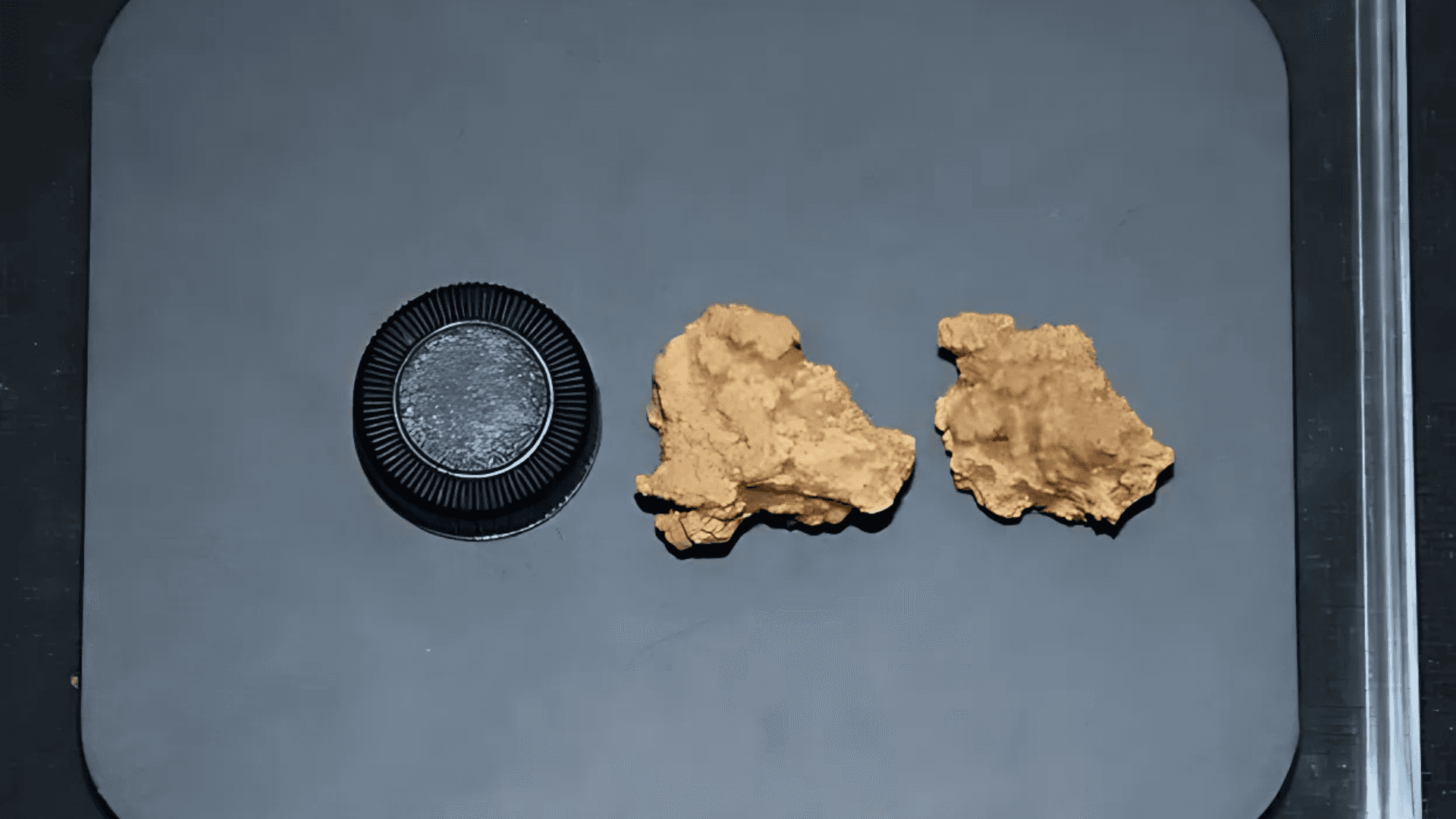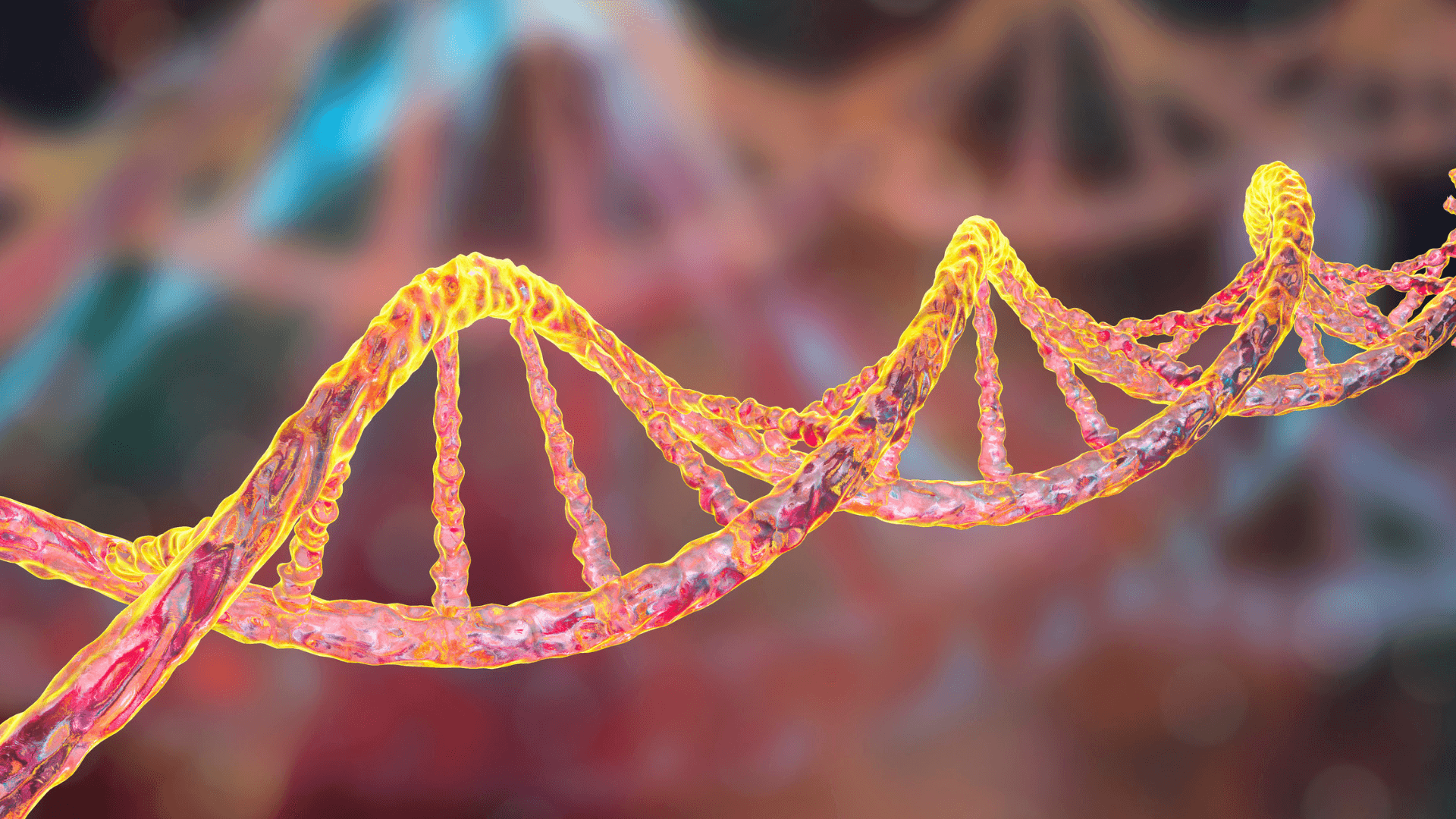Lunar New Year 2025: The Arrival of the Year of the Snake
Lunar New Year 2025: The Arrival of the Year of the Snake
Lunar New Year 2025: The Arrival of the Year of the Snake
Jan 30, 2025
Jan 30, 2025
Jan 30, 2025

Illustrative image. Credit: María Castellanos via Canva.
Illustrative image. Credit: María Castellanos via Canva.
Illustrative image. Credit: María Castellanos via Canva.
Lunar New Year 2025 began on January 29, marking the arrival of the Year of the Snake. Explore the rituals, symbolism, and traditions of this grand celebration.
Lunar New Year 2025 began on January 29, marking the arrival of the Year of the Snake. Explore the rituals, symbolism, and traditions of this grand celebration.
Lunar New Year 2025 began on January 29, marking the arrival of the Year of the Snake. Explore the rituals, symbolism, and traditions of this grand celebration.
Lunar New Year 2025 began on January 29, ushering in the Year of the Snake in the Chinese zodiac. The celebrations will last 15 days, ending with the traditional Lantern Festival on February 12. This festival is the most significant celebration in China and among many Asian communities worldwide.
The Year of the Snake and Its Influences
The Chinese zodiac operates on a 12-year cycle, with 2025 represented by the Snake, which embodies wisdom, mystery, and intuition. According to astrological traditions, fortune during this period will be determined by the Tai Sui Star Gods, prompting many people to visit temples in search of blessings and spiritual protection.
Traditions and Symbolism of the Lunar New Year
The celebration is full of meaning and legends. One of the most well-known is the legend of the Nian monster, which terrorized villages on New Year's Eve. To scare it away, people began to wear red, set off fireworks, and hang bright lanterns—traditions that persist until today. Additionally, the rituals of this season symbolize prosperity, spiritual renewal, and good luck.
Preparations for the Turn of the Year
In the days leading up to the New Year, several practices are performed to attract positive energy:
January 23 – Preparation of special cakes and puddings, representing growth and success.
January 27 – Deep cleaning of homes to ward off negative energy. In the first days of the year, sweeping or discarding trash is generally avoided, as it is believed that doing so may sweep away good luck.
On New Year's Day – It is not recommended to cut or wash the hair because the word for "hair" (发, fā) sounds like "prosperity," and washing it would symbolize the loss of wealth.
Key Events of the Celebration
Throughout the 15-day festival, various traditions mark the period:
January 28 – New Year's Eve: The family reunion dinner gathers symbolic dishes, such as fish (abundance), Chinese dumplings (wealth), and rice cakes (growth).
January 29 – First Day of the New Year: Visits to relatives and giving red envelopes (hongbao or lai see) containing money as a symbol of protection and prosperity.
January 31 – Third Day (Red Mouth Day): A day considered prone to misunderstandings, prompting many to avoid social gatherings and seek peace in temples.
February 4 – Seventh Day (People's Birthday): A celebration of the creation of humanity by the goddess Nuwa, featuring special regional dishes, such as yusheng, a delicacy typical in Malaysia and Singapore.
February 12 – Lantern Festival: The final day of festivities, marked by lantern parades and the year's first full moon, symbolizing new beginnings and family unity.
Regional Variations of the Celebrations
Lunar New Year traditions vary by region:
China: In the north, stuffed dumplings are the most common delicacy; in the south, rice-based dishes predominate.
Malaysia and Singapore: The celebration includes yusheng, a "toast to prosperity" ritual where ingredients are mixed while making wishes for good luck.
South Korea (Seollal): Besides ancestral rituals, the day features traditional games and typical dishes, such as tteokguk (rice cake soup), which symbolize a new life cycle.
—
Want to learn more about the Lunar New Year 2025? Check out CNN's special coverage.
Lunar New Year 2025 began on January 29, ushering in the Year of the Snake in the Chinese zodiac. The celebrations will last 15 days, ending with the traditional Lantern Festival on February 12. This festival is the most significant celebration in China and among many Asian communities worldwide.
The Year of the Snake and Its Influences
The Chinese zodiac operates on a 12-year cycle, with 2025 represented by the Snake, which embodies wisdom, mystery, and intuition. According to astrological traditions, fortune during this period will be determined by the Tai Sui Star Gods, prompting many people to visit temples in search of blessings and spiritual protection.
Traditions and Symbolism of the Lunar New Year
The celebration is full of meaning and legends. One of the most well-known is the legend of the Nian monster, which terrorized villages on New Year's Eve. To scare it away, people began to wear red, set off fireworks, and hang bright lanterns—traditions that persist until today. Additionally, the rituals of this season symbolize prosperity, spiritual renewal, and good luck.
Preparations for the Turn of the Year
In the days leading up to the New Year, several practices are performed to attract positive energy:
January 23 – Preparation of special cakes and puddings, representing growth and success.
January 27 – Deep cleaning of homes to ward off negative energy. In the first days of the year, sweeping or discarding trash is generally avoided, as it is believed that doing so may sweep away good luck.
On New Year's Day – It is not recommended to cut or wash the hair because the word for "hair" (发, fā) sounds like "prosperity," and washing it would symbolize the loss of wealth.
Key Events of the Celebration
Throughout the 15-day festival, various traditions mark the period:
January 28 – New Year's Eve: The family reunion dinner gathers symbolic dishes, such as fish (abundance), Chinese dumplings (wealth), and rice cakes (growth).
January 29 – First Day of the New Year: Visits to relatives and giving red envelopes (hongbao or lai see) containing money as a symbol of protection and prosperity.
January 31 – Third Day (Red Mouth Day): A day considered prone to misunderstandings, prompting many to avoid social gatherings and seek peace in temples.
February 4 – Seventh Day (People's Birthday): A celebration of the creation of humanity by the goddess Nuwa, featuring special regional dishes, such as yusheng, a delicacy typical in Malaysia and Singapore.
February 12 – Lantern Festival: The final day of festivities, marked by lantern parades and the year's first full moon, symbolizing new beginnings and family unity.
Regional Variations of the Celebrations
Lunar New Year traditions vary by region:
China: In the north, stuffed dumplings are the most common delicacy; in the south, rice-based dishes predominate.
Malaysia and Singapore: The celebration includes yusheng, a "toast to prosperity" ritual where ingredients are mixed while making wishes for good luck.
South Korea (Seollal): Besides ancestral rituals, the day features traditional games and typical dishes, such as tteokguk (rice cake soup), which symbolize a new life cycle.
—
Want to learn more about the Lunar New Year 2025? Check out CNN's special coverage.
Lunar New Year 2025 began on January 29, ushering in the Year of the Snake in the Chinese zodiac. The celebrations will last 15 days, ending with the traditional Lantern Festival on February 12. This festival is the most significant celebration in China and among many Asian communities worldwide.
The Year of the Snake and Its Influences
The Chinese zodiac operates on a 12-year cycle, with 2025 represented by the Snake, which embodies wisdom, mystery, and intuition. According to astrological traditions, fortune during this period will be determined by the Tai Sui Star Gods, prompting many people to visit temples in search of blessings and spiritual protection.
Traditions and Symbolism of the Lunar New Year
The celebration is full of meaning and legends. One of the most well-known is the legend of the Nian monster, which terrorized villages on New Year's Eve. To scare it away, people began to wear red, set off fireworks, and hang bright lanterns—traditions that persist until today. Additionally, the rituals of this season symbolize prosperity, spiritual renewal, and good luck.
Preparations for the Turn of the Year
In the days leading up to the New Year, several practices are performed to attract positive energy:
January 23 – Preparation of special cakes and puddings, representing growth and success.
January 27 – Deep cleaning of homes to ward off negative energy. In the first days of the year, sweeping or discarding trash is generally avoided, as it is believed that doing so may sweep away good luck.
On New Year's Day – It is not recommended to cut or wash the hair because the word for "hair" (发, fā) sounds like "prosperity," and washing it would symbolize the loss of wealth.
Key Events of the Celebration
Throughout the 15-day festival, various traditions mark the period:
January 28 – New Year's Eve: The family reunion dinner gathers symbolic dishes, such as fish (abundance), Chinese dumplings (wealth), and rice cakes (growth).
January 29 – First Day of the New Year: Visits to relatives and giving red envelopes (hongbao or lai see) containing money as a symbol of protection and prosperity.
January 31 – Third Day (Red Mouth Day): A day considered prone to misunderstandings, prompting many to avoid social gatherings and seek peace in temples.
February 4 – Seventh Day (People's Birthday): A celebration of the creation of humanity by the goddess Nuwa, featuring special regional dishes, such as yusheng, a delicacy typical in Malaysia and Singapore.
February 12 – Lantern Festival: The final day of festivities, marked by lantern parades and the year's first full moon, symbolizing new beginnings and family unity.
Regional Variations of the Celebrations
Lunar New Year traditions vary by region:
China: In the north, stuffed dumplings are the most common delicacy; in the south, rice-based dishes predominate.
Malaysia and Singapore: The celebration includes yusheng, a "toast to prosperity" ritual where ingredients are mixed while making wishes for good luck.
South Korea (Seollal): Besides ancestral rituals, the day features traditional games and typical dishes, such as tteokguk (rice cake soup), which symbolize a new life cycle.
—
Want to learn more about the Lunar New Year 2025? Check out CNN's special coverage.
Compartir en:
Compartir en:
Ver También
Ver También

DeepSeek AI: el chatbot chino que está sacudiendo el mercado global
Feb 7, 2025

Estudio revela que la vida social activa puede reducir el riesgo de demencia
Feb 4, 2025

Año nuevo lunar 2025: la llegada del año de la serpiente
Jan 30, 2025

Nueva hipótesis sobre el origen de los dinosaurios desafía conceptos tradicionales
Jan 27, 2025

Colapso de la plataforma de hielo Conger: alerta para la Antártida Oriental
Dec 20, 2024

Emociones y el cuerpo humano: conexiones milenarias en textos neoasirios
Dec 20, 2024

Un estudio relaciona la contaminación atmosférica con el riesgo de tromboembolia venosa
Dec 20, 2024

Ambiente potencialmente habitable en Marte descubierto por Perseverance
Dec 20, 2024

Revolución XRISM: Nuevos descubrimientos sobre agujeros negros supermasivos
Oct 15, 2024

Estudio aponta que la duplicación del gen AMY1, relacionado con la digestión del almidón, precede a la agricultura
Oct 14, 2024

Nacimientos en la UE caen por debajo de los 4 millones por primera vez desde 1960
Oct 11, 2024

Excavación en Dinamarca revela 50 esqueletos Viking increíblemente preservados
Oct 10, 2024

Estudio detecta mayor incidencia de asma y rinitis alérgica en personas nacidas en otoño e invierno en Finlandia
Oct 9, 2024

Estudio señala similitudes entre la pubertad de adolescentes de la Edad de Hielo y jóvenes modernos
Oct 8, 2024

Análisis de ADN en momias chinas de 3.600 años revela el queso más antiguo del mundo
Oct 7, 2024

Estudio revela estabilidad genética de poblaciones del África Austral durante 10 milenios
Oct 4, 2024

Nueve lugares míticos que podrían haber existido, según descubrimientos arqueológicos
Oct 3, 2024

Cómo los derechos humanos pueden salvar los arrecifes de coral y responsabilizar a los gobiernos
Oct 2, 2024

Informe de Carbon Brief señala que 2024 podría ser el año más cálido de la historia
Sep 4, 2024

El clima determina la distribución de mamíferos, revela estudio de la Universidad Estatal de Carolina del Norte
Sep 4, 2024

DeepSeek AI: el chatbot chino que está sacudiendo el mercado global
Feb 7, 2025

Estudio revela que la vida social activa puede reducir el riesgo de demencia
Feb 4, 2025

Año nuevo lunar 2025: la llegada del año de la serpiente
Jan 30, 2025

Nueva hipótesis sobre el origen de los dinosaurios desafía conceptos tradicionales
Jan 27, 2025

Colapso de la plataforma de hielo Conger: alerta para la Antártida Oriental
Dec 20, 2024

Emociones y el cuerpo humano: conexiones milenarias en textos neoasirios
Dec 20, 2024

Un estudio relaciona la contaminación atmosférica con el riesgo de tromboembolia venosa
Dec 20, 2024

Ambiente potencialmente habitable en Marte descubierto por Perseverance
Dec 20, 2024

Revolución XRISM: Nuevos descubrimientos sobre agujeros negros supermasivos
Oct 15, 2024

Estudio aponta que la duplicación del gen AMY1, relacionado con la digestión del almidón, precede a la agricultura
Oct 14, 2024

Nacimientos en la UE caen por debajo de los 4 millones por primera vez desde 1960
Oct 11, 2024

Excavación en Dinamarca revela 50 esqueletos Viking increíblemente preservados
Oct 10, 2024

Estudio detecta mayor incidencia de asma y rinitis alérgica en personas nacidas en otoño e invierno en Finlandia
Oct 9, 2024

Estudio señala similitudes entre la pubertad de adolescentes de la Edad de Hielo y jóvenes modernos
Oct 8, 2024

Análisis de ADN en momias chinas de 3.600 años revela el queso más antiguo del mundo
Oct 7, 2024

Estudio revela estabilidad genética de poblaciones del África Austral durante 10 milenios
Oct 4, 2024

Nueve lugares míticos que podrían haber existido, según descubrimientos arqueológicos
Oct 3, 2024

Cómo los derechos humanos pueden salvar los arrecifes de coral y responsabilizar a los gobiernos
Oct 2, 2024

Informe de Carbon Brief señala que 2024 podría ser el año más cálido de la historia
Sep 4, 2024

El clima determina la distribución de mamíferos, revela estudio de la Universidad Estatal de Carolina del Norte
Sep 4, 2024